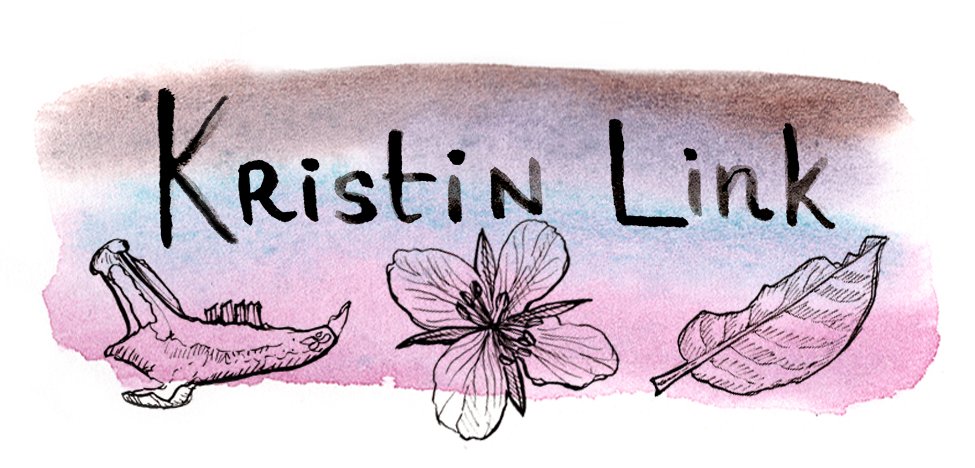Two watercolor and pen illustrations of birch trees tapped by people and birds.
“In the English language, we reserve the pronouns of personhood for humans—”he,” “she,” “they”—and not for animals, plants, and landscapes. Yet in many of America’s indigenous languages, such barriers are dissolved, and so, too, is the sense of distance between human and nonhuman”
writes Robin Kimmerer in her book, Braiding Sweetgrass. I enjoy listening to audiobooks and podcasts while I work in the studio, and listened to this book last winter. It’s beautifully written, but also gave me quite a bit to reflect upon with regards to my own work.
Monterey Pine Cones. Graphite on paper
Kimmerer writes about many interesting themes: Why there is a scientific explanation for flowers of complimentary colors (like the visually compelling violet and yellow) to grow next to each other. That some plants, like sweetgrass, actually become more abundant when harvested by people. And that we would do better to incorporate the grammer of animacy into our ways of thinking. This last point, is one of my favorites. The book contains a whole chapter, entitled, “The Grammer of Animcacy”, which was published as an essay in Moon Magazine in 2015. Below is an excerpt from that essay:
“To be native to a place we must learn to speak its language.
I come here to listen, to nestle in the curve of the roots in a soft hollow of pine needles, to lean my bones against the column of white pine, to turn off the voice in my head until I can hear the voices outside it: the shhh of wind in needles, water trickling over rock, nuthatch tapping, chipmunks digging, beechnut falling, mosquito in my ear, and something more–something that is not me, for which we have no language, the wordless being of others in which we are never alone. After the drumbeat of my mother’s heart, this was my first language…
…Listening in wild places, we are audience to conversations in a language not our own. I think now that it was a longing to comprehend this language I hear in the woods that led me to science, to learn over the years to speak fluent botany. A tongue that should not, by the way, be mistaken for the language of plants. I did learn another language in science, though, one of careful observation, an intimate vocabulary that names each little part. To name and describe you must first see, and science polishes the gift of seeing. I honor the strength of the language that has become a second tongue to me. But beneath the richness of its vocabulary and its descriptive power, something is missing, the same something that swells around you and in you when you listen to the world. Science can be a language of distance which reduces a being to its working parts, it is a language of objects. The language scientists speak, however precise, is based on a profound error in grammar, an omission, a grave loss in translation from the native languages of these shores.”
Mushroom study. Pen and ink on paper
These thoughts that Robin Kimmerer shares resonate with me so deeply. I’ve always been captivated by the subtle language and whispers of nature, which is why I’ve devoted so much of my life to studying it. I’ve looked for answers in science and in art. I don’t know if there are really answers, but I’ve found deeper understanding. I hope to find that inner light and life in each rock, plant, or animal I draw. In a previous blog post, I wrote about the meditative qualities of drawing my subjects over and over again. The reason why I find that somewhat monotonous process rewarding is because of the spiritual connection we can find with the natural world.
The next time you go outside, try to shift your perspective, and use the grammer of animancy. Consider the life and spirit inside your surrounds and listen to hear what is being said.
Born from a Golden Clutch - Gold nuggets in a swallow nest. Pen, watercolor, and gold acrylic on paper


